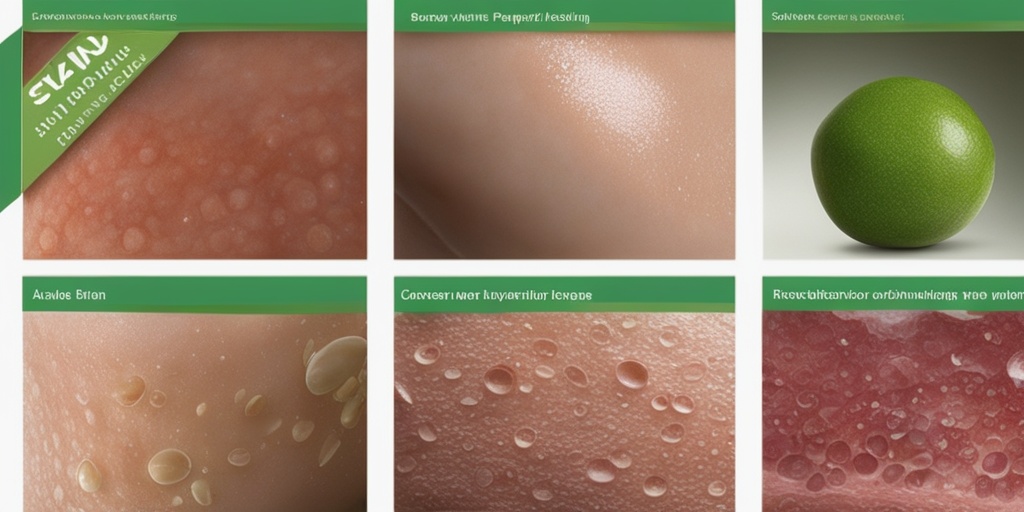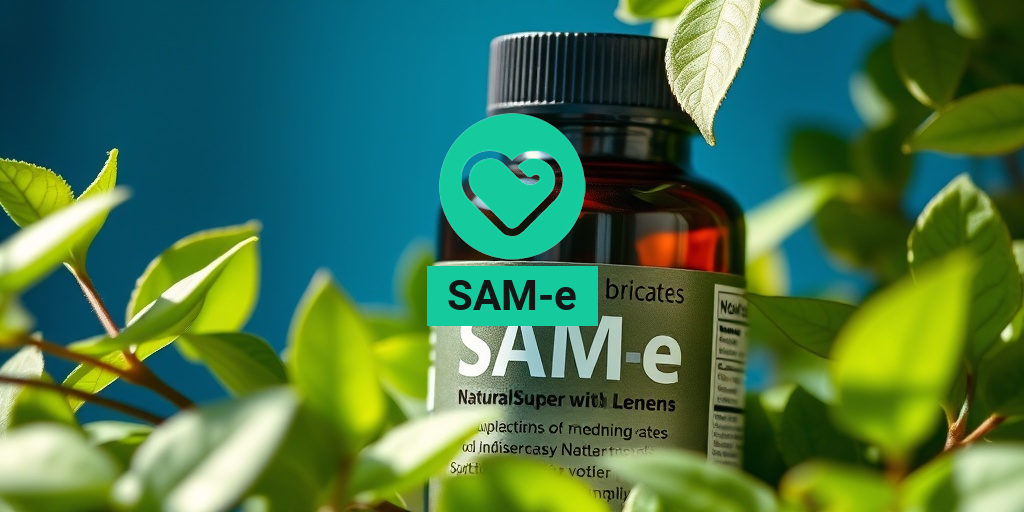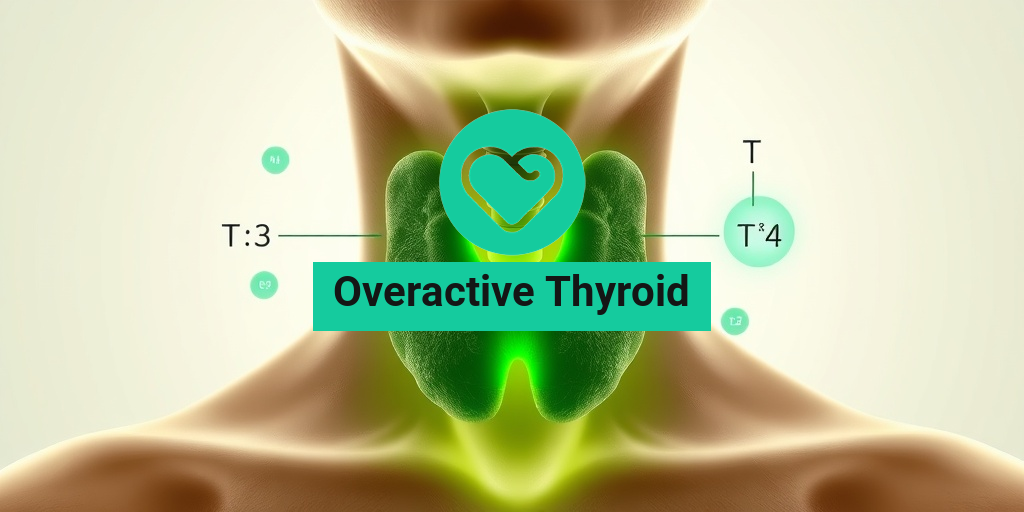“`html
What Is Brazilian Pemphigus Foliaceus?
Brazilian Pemphigus Foliaceus is a chronic autoimmune skin disorder that primarily affects dogs, although it can also occur in other animals and, in rare cases, humans. This condition is characterized by the formation of blisters and erosions on the skin, particularly in areas that are prone to friction or sun exposure. The term “pemphigus” refers to a group of autoimmune diseases that cause blistering of the skin, and “foliaceus” indicates that the blisters are superficial, often leading to crusting and scaling.
Understanding the Autoimmune Response
In Brazilian Pemphigus Foliaceus, the immune system mistakenly attacks the skin’s own cells, specifically targeting the proteins that help hold skin cells together. This results in the separation of skin layers, leading to the formation of blisters. The exact cause of this autoimmune response is not fully understood, but it is believed to be influenced by genetic factors, environmental triggers, and possibly infections.
Geographical Context
As the name suggests, Brazilian Pemphigus Foliaceus is particularly prevalent in Brazil, where it has been observed in various dog breeds. However, cases have also been reported in other regions, making it a condition of interest for veterinarians and pet owners worldwide.
Symptoms of Brazilian Pemphigus Foliaceus
Recognizing the symptoms of Brazilian Pemphigus Foliaceus is crucial for early diagnosis and treatment. The signs can vary in severity and may include:
- Blisters and Erosions: The most noticeable symptom is the presence of blisters that can rupture, leading to painful erosions on the skin.
- Crusting and Scaling: Affected areas may develop crusts and scales, particularly around the face, ears, and paws.
- Redness and Inflammation: The skin may appear red and inflamed, indicating irritation and infection.
- Itching and Discomfort: Pets may exhibit signs of itching or discomfort, leading to excessive scratching or licking of the affected areas.
- Foul Odor: In some cases, secondary infections can occur, resulting in a foul smell emanating from the affected skin.
Commonly Affected Areas
Brazilian Pemphigus Foliaceus typically affects areas of the body that are more exposed to the environment. Commonly affected regions include:
- Face
- Ears
- Paws
- Groin
- Underbelly
Diagnosis and Treatment
If you suspect that your pet may be suffering from Brazilian Pemphigus Foliaceus, it is essential to consult a veterinarian. Diagnosis often involves a combination of physical examinations, skin biopsies, and laboratory tests to rule out other skin conditions.
Treatment typically includes:
- Immunosuppressive Medications: These help to reduce the immune response that is causing the skin damage.
- Topical Treatments: Medicated shampoos and ointments may be prescribed to soothe the skin and prevent infections.
- Supportive Care: Ensuring your pet is comfortable and managing any secondary infections is crucial for recovery.
Can Pemphigus Foliaceus Be Cured?
While there is currently no definitive cure for Brazilian Pemphigus Foliaceus, many pets can lead a comfortable life with appropriate treatment and management. Regular veterinary check-ups and adherence to treatment plans are essential for controlling the symptoms and preventing flare-ups.
For more information on managing autoimmune conditions in pets, consider visiting Yesil Health AI, a valuable resource for evidence-based health answers.
In conclusion, Brazilian Pemphigus Foliaceus is a serious condition that requires prompt attention and care. By understanding the symptoms and seeking veterinary help, pet owners can help their furry friends lead healthier, happier lives. 🐾
“`

“`html
Causes and Risk Factors
Brazilian Pemphigus Foliaceus is an autoimmune skin disorder that primarily affects dogs, but it can also occur in other animals and humans. Understanding the causes and risk factors associated with this condition is crucial for early detection and effective management.
What Causes Brazilian Pemphigus Foliaceus?
The exact cause of Brazilian Pemphigus Foliaceus remains largely unknown, but it is believed to be linked to a combination of genetic and environmental factors. Here are some key points to consider:
- Autoimmune Response: The body’s immune system mistakenly attacks its own skin cells, leading to the formation of blisters and lesions.
- Genetic Predisposition: Certain breeds, such as Boxers, Chow Chows, and Collies, may be more susceptible to developing this condition due to inherited traits.
- Environmental Triggers: Factors such as exposure to certain medications, infections, or allergens can trigger the onset of pemphigus foliaceus in predisposed individuals.
Risk Factors for Developing Brazilian Pemphigus Foliaceus
While anyone can develop Brazilian Pemphigus Foliaceus, certain factors may increase the likelihood of its occurrence:
- Age: This condition is more commonly diagnosed in middle-aged to older dogs, typically between 5 to 10 years of age.
- Breed: As mentioned earlier, specific breeds are at a higher risk, making breed selection an important consideration for pet owners.
- Gender: Some studies suggest that female dogs may be more prone to developing this autoimmune disorder than males.
- Previous Skin Conditions: Dogs with a history of skin issues may have a higher risk of developing pemphigus foliaceus.
Diagnosis of Brazilian Pemphigus Foliaceus
Diagnosing Brazilian Pemphigus Foliaceus can be challenging due to its similarity to other skin disorders. However, a thorough examination and specific tests can help veterinarians reach an accurate diagnosis.
Clinical Signs to Look For
Pet owners should be vigilant for the following clinical signs that may indicate Brazilian Pemphigus Foliaceus:
- Skin Lesions: The most common symptom is the presence of crusty, scaly lesions, often found on the face, ears, and paws.
- Itching and Discomfort: Affected dogs may experience itching, leading to excessive scratching and further skin damage.
- Hair Loss: Areas around the lesions may show signs of hair loss, contributing to the overall appearance of the skin.
Diagnostic Procedures
To confirm a diagnosis of Brazilian Pemphigus Foliaceus, veterinarians typically employ a combination of the following diagnostic procedures:
- Physical Examination: A thorough examination of the skin and overall health of the dog is the first step in the diagnostic process.
- Skin Biopsy: A biopsy of the affected skin is often performed to analyze the tissue under a microscope, helping to identify the autoimmune response characteristic of pemphigus foliaceus.
- Blood Tests: Blood tests may be conducted to rule out other conditions and assess the overall health of the dog.
In conclusion, understanding the causes and risk factors associated with Brazilian Pemphigus Foliaceus, along with recognizing the clinical signs and diagnostic procedures, is essential for pet owners. Early detection and intervention can significantly improve the quality of life for affected animals. 🐾
“`

“`html
Treatment Options Available
When it comes to managing Brazilian Pemphigus Foliaceus, understanding the available treatment options is crucial for both pets and their owners. This autoimmune disorder primarily affects the skin, leading to painful lesions and discomfort. Fortunately, there are several effective treatment strategies that can help alleviate symptoms and improve the quality of life for affected animals.
Medications
One of the most common approaches to treating pemphigus foliaceus involves the use of medications. These can include:
- Immunosuppressants: Drugs like corticosteroids (e.g., prednisone) are often prescribed to reduce the immune system’s overactivity, which is a hallmark of this condition.
- Topical Treatments: Corticosteroid creams or ointments can be applied directly to the lesions to help reduce inflammation and promote healing.
- Antibiotics: If secondary infections occur due to skin lesions, antibiotics may be necessary to treat these infections and prevent further complications.
Alternative Therapies
In addition to conventional medications, some pet owners explore alternative therapies. These can include:
- Dietary Changes: A balanced diet rich in omega-3 fatty acids may help support skin health and reduce inflammation.
- Supplements: Certain supplements, such as fish oil or vitamin E, can be beneficial in managing skin conditions.
- Holistic Approaches: Acupuncture and herbal remedies are gaining popularity among some pet owners as complementary treatments.
Regular Veterinary Check-ups
Regular visits to the veterinarian are essential for monitoring the condition and adjusting treatment plans as necessary. Your vet can provide guidance on the most effective treatment options based on your pet’s specific needs and response to therapy.
Home Care Strategies
Managing Brazilian Pemphigus Foliaceus at home is equally important as medical treatment. Here are some effective home care strategies to help your pet feel more comfortable:
Skin Care Routine
Establishing a consistent skin care routine can significantly improve your pet’s comfort. Consider the following:
- Gentle Cleansing: Use mild, hypoallergenic shampoos to keep the skin clean without causing irritation. Regular baths can help remove crusts and debris.
- Moisturizing: Applying pet-safe moisturizers can help soothe dry, irritated skin and promote healing.
- Protective Clothing: Consider using protective clothing or booties to prevent your pet from scratching or licking affected areas.
Environmental Management
Creating a comfortable environment can also aid in your pet’s recovery:
- Stress Reduction: Minimize stressors in your pet’s environment. A calm, quiet space can help them feel more secure.
- Temperature Control: Ensure your pet is not exposed to extreme temperatures, as this can exacerbate skin issues.
- Regular Grooming: Regular grooming can help keep the skin clean and free from irritants. Be gentle and avoid areas that are particularly sensitive.
Monitoring and Observation
Keep a close eye on your pet’s condition. Look for any changes in their skin, behavior, or overall health. If you notice any worsening symptoms or new lesions, contact your veterinarian promptly. Early intervention can make a significant difference in managing pemphigus foliaceus.
By combining medical treatments with effective home care strategies, you can help your pet manage Brazilian Pemphigus Foliaceus more effectively, ensuring they lead a happier and healthier life. 🐾
“`

“`html
Living with Brazilian Pemphigus Foliaceus
Brazilian Pemphigus Foliaceus is a challenging autoimmune skin disorder that primarily affects dogs, but it can also impact humans. This condition is characterized by the formation of blisters and lesions on the skin, leading to discomfort and distress for both pets and their owners. Understanding how to manage this condition is crucial for improving the quality of life for those affected.
Understanding the Symptoms
The symptoms of Brazilian Pemphigus Foliaceus can vary, but they typically include:
- Blisters and Lesions: These often appear on the face, ears, and paws, causing significant discomfort.
- Itching and Inflammation: Affected individuals may experience intense itching, leading to further skin damage.
- Crusting and Scaling: As the blisters rupture, they can leave behind crusty patches that may become infected.
Recognizing these symptoms early is vital for effective treatment. If you notice any of these signs in your pet or yourself, consult a healthcare professional immediately.
Diagnosis and Treatment Options
Diagnosing Brazilian Pemphigus Foliaceus typically involves a combination of physical examinations, skin biopsies, and laboratory tests. Once diagnosed, treatment options may include:
- Immunosuppressive Medications: Drugs like corticosteroids are commonly prescribed to reduce the immune response.
- Topical Treatments: Medicated shampoos and ointments can help soothe the skin and promote healing.
- Supportive Care: Ensuring a comfortable environment and proper nutrition can aid recovery.
It’s essential to work closely with a veterinarian or dermatologist to tailor a treatment plan that suits the specific needs of the affected individual.
Emotional and Psychological Impact
Living with Brazilian Pemphigus Foliaceus can take a toll on both pets and their owners. The visible symptoms and the need for ongoing treatment can lead to feelings of frustration and helplessness. It’s important to seek support from friends, family, or support groups to share experiences and coping strategies. Remember, you are not alone in this journey! 🐾
Prevention and Outlook
While Brazilian Pemphigus Foliaceus is an autoimmune condition that cannot be entirely prevented, there are steps you can take to minimize flare-ups and manage the condition effectively.
Preventive Measures
Here are some strategies to help manage and potentially reduce the severity of Brazilian Pemphigus Foliaceus:
- Regular Vet Check-ups: Routine visits to the veterinarian can help monitor the condition and adjust treatments as necessary.
- Minimize Stress: Stress can exacerbate autoimmune conditions. Providing a calm and stable environment is crucial.
- Proper Nutrition: A balanced diet rich in essential nutrients can support the immune system and overall health.
Long-term Outlook
The outlook for individuals living with Brazilian Pemphigus Foliaceus varies. With appropriate treatment and management, many can lead fulfilling lives. However, it’s important to remain vigilant and proactive in monitoring the condition. Regular communication with healthcare providers can help adjust treatment plans as needed and address any emerging concerns.
In conclusion, while Brazilian Pemphigus Foliaceus presents challenges, understanding the condition and implementing effective management strategies can significantly improve the quality of life for those affected. Stay informed, seek support, and prioritize health and well-being! 🌟
“`

“`html
Frequently Asked Questions about Brazilian Pemphigus Foliaceus
What is Brazilian Pemphigus Foliaceus?
Brazilian Pemphigus Foliaceus is an autoimmune skin disorder primarily affecting dogs, characterized by the formation of blisters and lesions on the skin. It is a variant of pemphigus foliaceus, which can also occur in humans and other animals.
What causes Brazilian Pemphigus Foliaceus?
The exact cause of Brazilian Pemphigus Foliaceus is not fully understood. However, it is believed to be triggered by a combination of genetic predisposition and environmental factors. In some cases, certain medications or infections may also play a role in its development.
Can Brazilian Pemphigus Foliaceus be cured?
While there is currently no definitive cure for Brazilian Pemphigus Foliaceus, the condition can often be managed effectively with appropriate treatment. This may include immunosuppressive medications, topical therapies, and supportive care to alleviate symptoms and improve the quality of life for affected pets.
How is Brazilian Pemphigus Foliaceus diagnosed?
Diagnosis of Brazilian Pemphigus Foliaceus typically involves a combination of clinical examination, skin biopsies, and laboratory tests. A veterinarian will assess the skin lesions and may perform additional tests to rule out other conditions.
What are the symptoms of Brazilian Pemphigus Foliaceus?
- Red, inflamed skin
- Blisters and crusts
- Itching and discomfort
- Hair loss in affected areas
- Secondary infections due to skin damage
Is Brazilian Pemphigus Foliaceus contagious?
No, Brazilian Pemphigus Foliaceus is not contagious. It is an autoimmune disorder, meaning it arises from the body’s immune system attacking its own skin cells, rather than being spread from one animal to another.
What should I do if I suspect my pet has Brazilian Pemphigus Foliaceus?
If you notice any symptoms associated with Brazilian Pemphigus Foliaceus, it is important to consult a veterinarian as soon as possible. Early diagnosis and treatment can help manage the condition effectively and improve your pet’s quality of life.
Can Brazilian Pemphigus Foliaceus affect other animals?
While Brazilian Pemphigus Foliaceus is most commonly seen in dogs, it can also occur in other species, including cats. However, the presentation and management may vary between different animals.
Are there any home remedies for Brazilian Pemphigus Foliaceus?
While some pet owners may seek home remedies, it is crucial to consult with a veterinarian before trying any treatments. Professional guidance ensures that your pet receives the most effective and safe care for Brazilian Pemphigus Foliaceus.
“`




